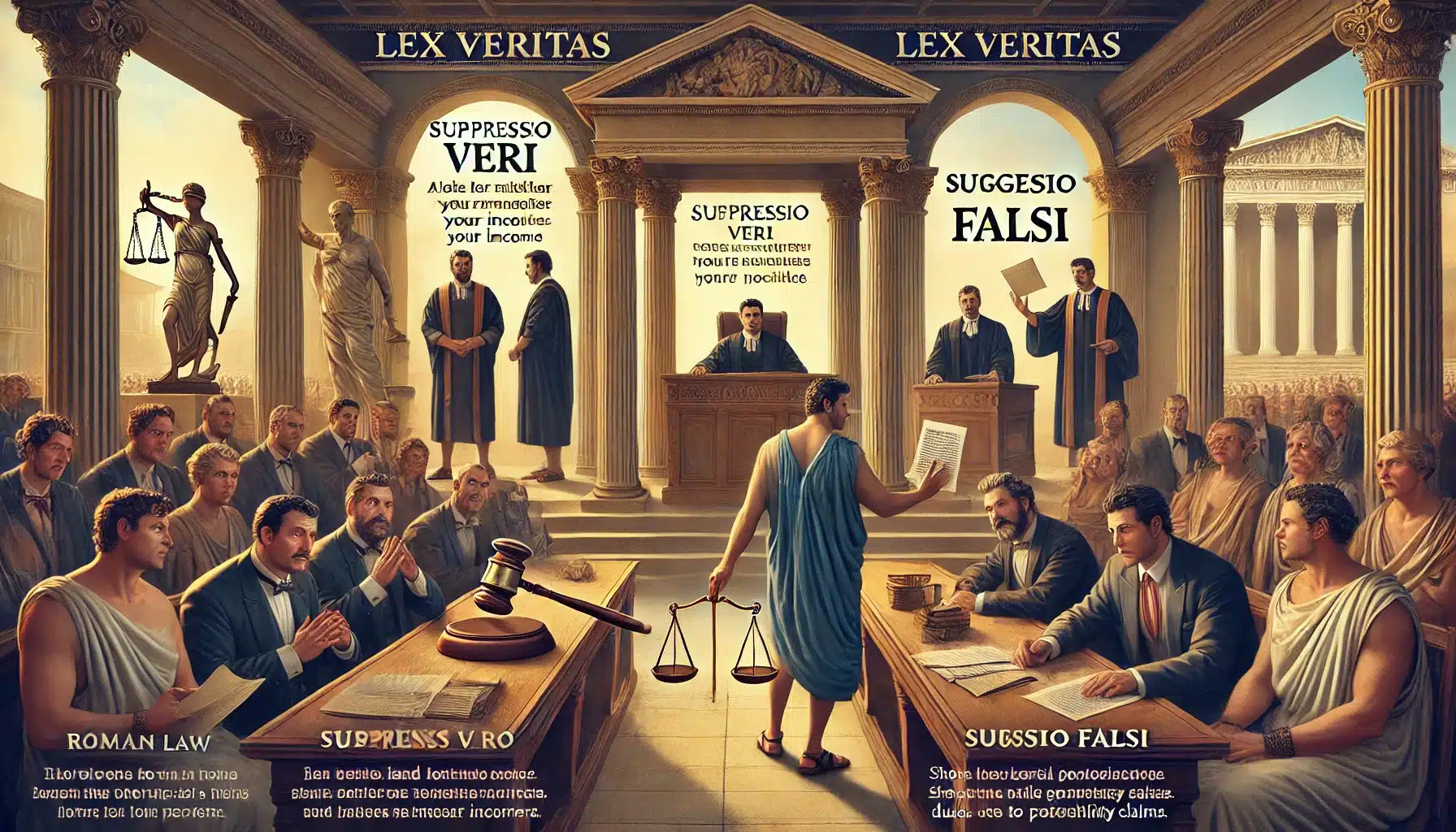xpressio Unius Est Exclusio Alterius is a legal maxim meaning “the expression of one thing is the exclusion of another.” It is used in statutory interpretation to infer that if a law explicitly mentions certain items, other items not mentioned are excluded.

Legal AI associate for drafting & compliance
Meaning
“Expressio Unius Est Exclusio Alterius” is a Latin term which literally means “the express mention of one thing is the exclusion of others”. This legal maxim suggests that if legislation explicitly mentions one detail but omits others with similar characteristics, then those omissions are intentional, leading to the presumption that things not mentioned are purposely excluded.
It is a rule used in the interpretation of statutes, to analyse legislations, laws, agreements, written documents, or other legal texts to determine whether certain items or situations were intentionally included or excluded based on the wording used.
Statutory Examples
- The statute titled “Protection of Children from Sexual Offences Act”, implies the inclusion of protection of children specifically and the exclusion of adults.
- Under the Right to Information Act, 2005, Section 8 specifies exemptions for withholding information, such as threats to India’s sovereignty, state security etc. Only the listed reasons can be used to deny access to information; no other grounds are valid under the RTI Act.
- Similarly, in contracts governed by the Indian Contract Act, 1872, specific terms or conditions explicitly stated in the contract (such as the price, delivery terms, and payment schedule for goods) imply the exclusion of other terms or conditions not mentioned.
Applicability of this Maxim
- This maxim will apply where specific words are mentioned in an enacted law or statute. Therefore, the list of words mentioned in the document must be complete and exhaustive.
For example: In a rental agreement for an apartment, there might be a clause like: “Pets are not allowed, except for dogs and cats.” This clause means that dogs and cats are permitted, but other animals (like birds or reptiles) are not unless explicitly allowed in the lease. This scenario illustrates the application of the maxim since specific words are specified.
- This maxim has been used in numerous cases to ascertain the legal implications across different areas of law.
In the case of Tempest v. Kilner[1], a question arose regarding whether the Statute of Frauds 1677, which mandated written contracts for the sale of “goods, wares and merchandise” above a certain value, applied to the sale of stocks and shares. The court ruled that stocks and shares were not covered by the act because they were not explicitly listed alongside the specific terms “goods, wares, and merchandise” in the statute.
Similarly, while determining on the question of censorship of films in Director General of Doordarshan v. Anand Patwardhan[2], the court ruled that specific grounds for film censorship listed in Section 5-B of the Cinematograph Act excluded any other grounds not explicitly mentioned in the regulations.
Conclusion
The maxim “expressio unius est exclusio alterius,” often used in statutory interpretation, has its drawbacks. Its strict application can lead to narrow interpretations that may not reflect legislative intent or the broader aims of the law. By focusing solely on explicitly listed matters in a statute and excluding others, there’s a risk of disregarding issues that legislators may have intended to address but did not expressly mention. This could result in unjust outcomes, especially in complex legal areas where statutes may not cover every possible scenario. For instance, in environmental laws, listing specific industries needing permits might wrongly exclude others posing similar risks. Therefore, a balanced approach that considers legislative history, purpose, and the statute’s overall context is crucial to ensure interpretations align with lawmakers’ intent and uphold fairness and justice in legal decisions.
[1] (1846) 3 CB 249.
[2] 2006 (8) SCC 433.




